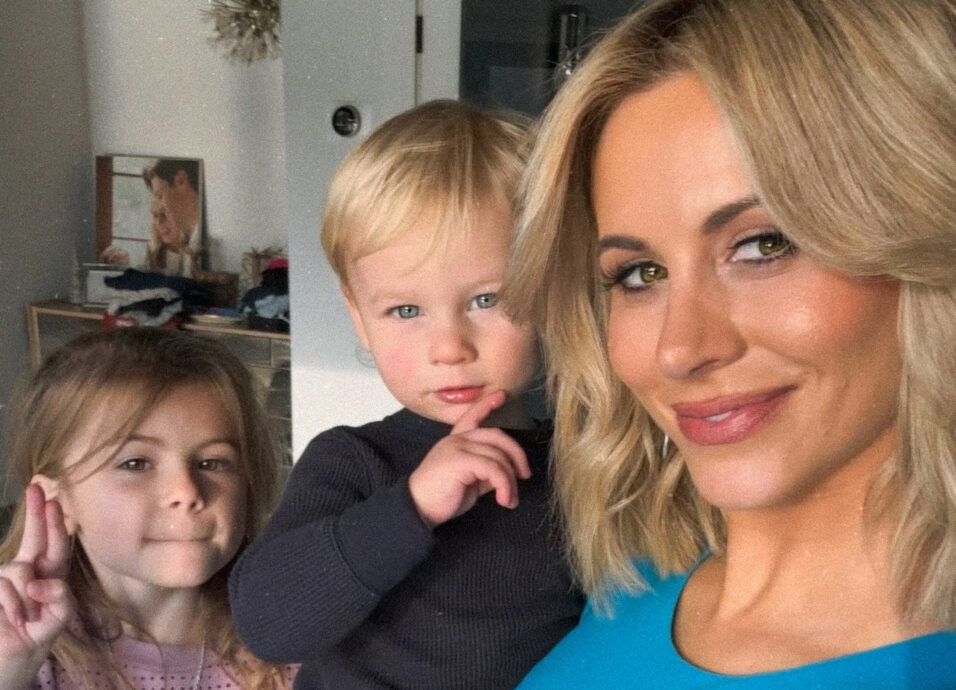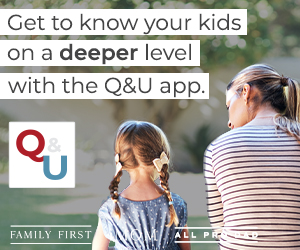I will never forget the time I told my toddler we would visit animals at the fair the next week. She was ecstatic. We looked at a calendar to count four days until we would visit the animals. No big deal, I thought. But if you’ve ever promised a toddler anything that toddlers get excited about, then you understand my rookie parenting mistake. Every time we got our shoes on, or got into the car, or left the house for the next four days, she would enthusiastically proclaim, “We’re going to see the animals!”
This is such a fun age to observe. Their little minds are soaking up every sound, sight, and word. If you are a parent of a toddler, you’ve probably wondered what milestones your child should be achieving at this age. These are the 8 most important toddler milestones and how to reach them.
1. Walking Independently
Of all the toddler milestones, this one is the biggest photo opp. Toddlers often begin taking their first steps around the time they turn one. To encourage children to walk, parents can place a desirable object out of reach of a standing toddler and enthusiastically encourage the toddler to take steps toward the object. If your child is younger than one, don’t feel pressured to get them to walk. Once you open that gate, you can’t close it!
2. Self-Feeding
As toddlers grow in independence, they may begin to show interest in feeding themselves. Parents can help the process by placing bite-size pieces of food in front of the child at mealtime. In addition, the parent should provide plenty of time for the toddler to practice self-feeding because it often takes much longer. It makes me smile thinking of when my daughter first started feeding herself yogurt. By the end of the process, her entire face and arms would be smeared with the flavor of the day.
3. Walking Up and Down Stairs
Toddlers are often eager to try new tasks independently. If you have stairs in your home, be sure to install a safety gate at the top and bottom. Parents can help their children learn to walk up and down stairs by modeling how to hold onto a handrail and looking down at each step as they go, taking one at a time. A good place to start is on the bottom three steps.
Here’s more about toddler needs.
4. Running
As toddlers learn to become proficient at walking, they likely will begin experimenting with running. It may be one of the most precious sights for proud parents to watch as your little one waddles him or herself into a run. As a parent, it’s best to encourage your child’s progress and not make a big deal of mistakes. Like many new skills, when toddlers learn to run, there are bound to be a few falls and bumped knees along the way. As hard as it may be, parents can support children by only intervening if the child’s safety is at risk. This encourages independence and self-confidence.
5. Jumping
When a parent notices a toddler attempting to step over obstacles, this is a good indication that the child may be ready to practice jumping. To begin, parents can create a game of helping the toddler run over small obstacles. Also, parents can have children practice jumping off objects into their arms, of course always keeping the child’s safety in mind. Another technique is for parents to place two hula hoops on the ground to see if the child can hop from one to the other.
6. Using Two- to Four-Word Sentences
Parents can promote using sentences by reading aloud and talking to their children often. This can be as simple as explaining what they are doing in daily situations like driving, shopping, or cooking. Caretakers can persuade their toddlers to talk by responding to sounds or words, even if they don’t understand what the toddler is saying or if it’s not grammatically correct. One example of this is when my toddler would hide behind objects and pop out shouting, “Here is me!” Another technique is for parents to ask toddlers questions that require more than a yes or no answer. For example, instead of saying “Would you like to go on the slide?” you can ask, “What part of the park would you like to play on?”
7. Following Simple Instructions
One simple way parents can encourage toddlers to follow directions is through praise. When your toddler puts his or her socks in the hamper, celebrate and clap saying, “Yay! You put your socks in the hamper like Mommy told you to! You did a great job!” The younger the child is, the more simple the instructions should be. Another strategy is to play the game Simon Says or Red Light-Green Light.
8. Potty Training
This one is the most dreaded of the toddler milestones, but it’s also the most liberating. Parents should watch for cues that signal their toddler is ready to potty train. Common cues are showing interest in what is done in the bathroom or telling the parent when he or she pees or poops. Parents can begin by experimenting with removing the toddler’s diaper for a period of time and allowing him or her to wear underwear or sit on the potty. In addition, parents can read books and talk about what is involved in going to the bathroom, like wearing underwear, flushing the toilet, and washing hands.
Which toddler milestone has been your favorite?








